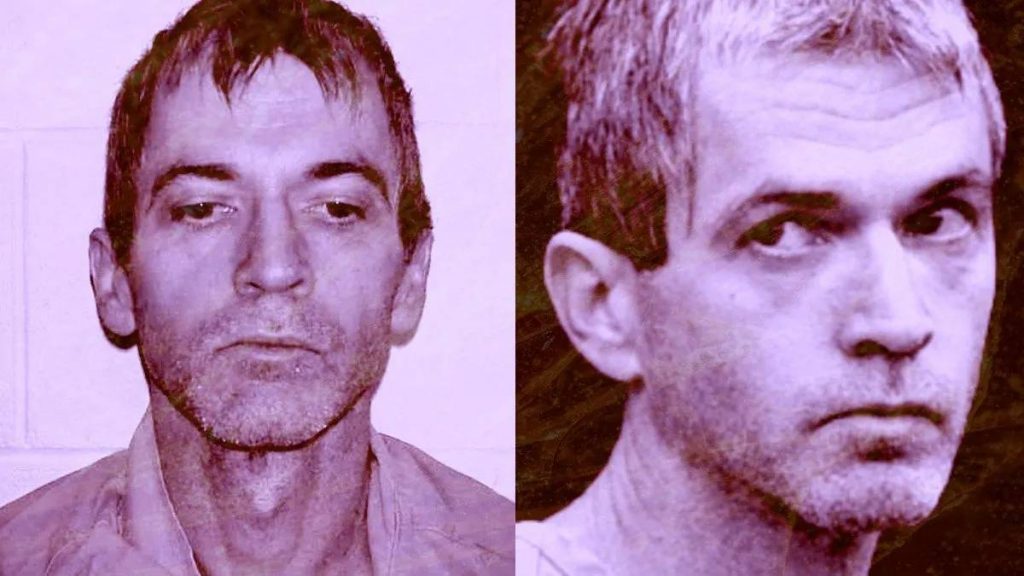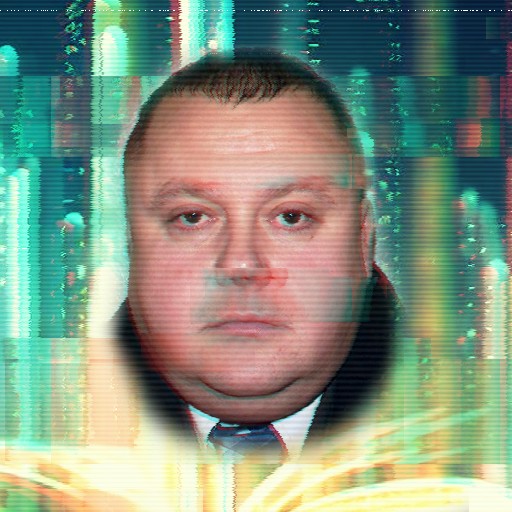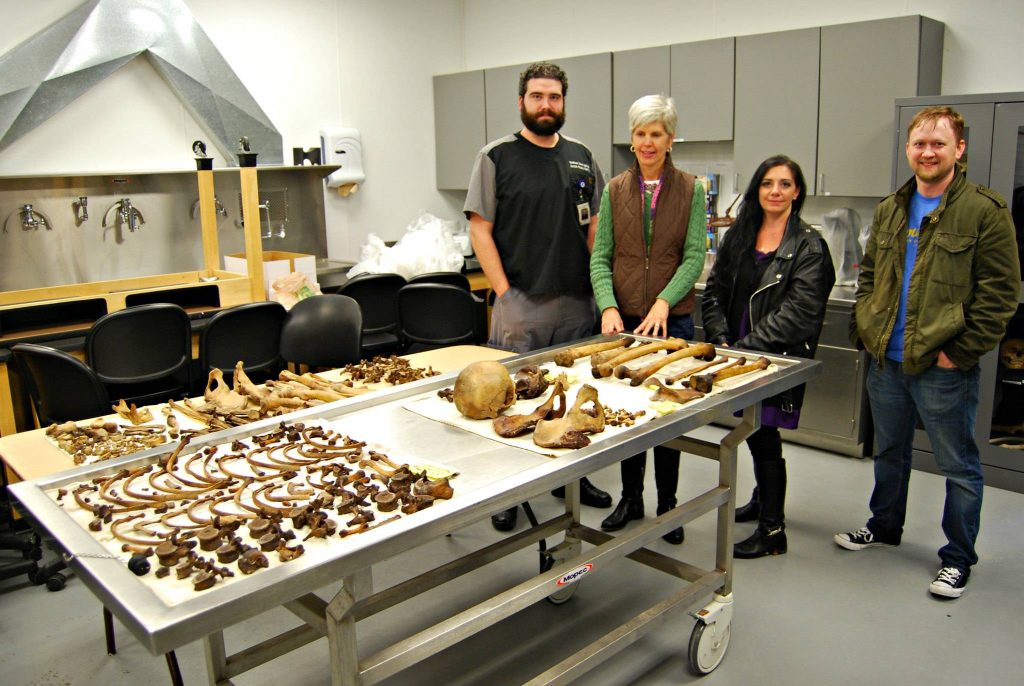It bugs the hell out of me why this has not been solved.
Charles Cullen: The Killer Nurse

Charles Cullen was suspected of killing up to 400 people and was convicted of 29. Read about how he was allowed to continue killing despite being accused multiple times!

In New Jersey, Pennsylvania, Charles Cullen, AKA: The Killer Nurse, claimed at least 35 confirmed victims. It has long been suspected he may have killed over 400, making him the world’s worst and most prolific serial killer.
The claims have long been disputed but at least two investigation teams believe the count to be in the hundreds.
Unlike Harold Shipman, the British medical serial killer who was convicted on 215 counts of murder, Cullen has only ever been convicted of 29, despite 35 being confirmed.
Even if Cullen’s disturbing count of 400 is ever reached, they would not have been confirmed or convicted and only suspected. However, Cullen’s murders had an impact that was felt across the United States.
A cry for help that went ignored
Born in New Jersey in 1960, he was the youngest of eight children, and his father died in the same year he was born. He would later claim that he was bullied from a young age by his older siblings, their partners and other children at school.
In what became the first of many suicide attempts, when he was nine-years-old, he mixed chemicals together from a science set and then drank them. He survived after having the chemicals flushed through his system.
It would be one of at least 20 known suicide attempts, in what was a cry for help that in the 1960s and 1970s went largely ignored.
“You know, maybe if I was nine years old and would have had to die that day, all these lives, including my family, wouldn’t be affected in this way.”
Charles Cullen: The Killer Nurse
In 1977, when he was 16-years-old, his mother died in a car crash. He stated it affected him more than he let on at the time and he became aggrieved with the hospital for not releasing the body. Instead, they cremated the body without a funeral.

Power at his fingertips made Charles Cullen feel like a god
In 1978, Charles Cullen joined the U.S. Navy and served on a submarine. During his time in the Navy, he was bullied by his fellow comrades and didn’t fit in with the team.
On one occasion, his comrades found him sat at the missile controls, wearing a doctor’s uniform, complete with medical gloves and mask. It was later suggested that it was about the power he had at his fingertips and how it would have made him feel like a god.
He was committed to a Navy psychiatric unit and then discharged in 1984, when it is suspected he claimed his first victim but has never been proven. A couple of years later, he took a medical job at the St. Barnabas Medical Center in Livingston.
He married in 1986 and had a daughter. In the same year, Cullen began abusing his dogs and exhibiting strange behaviour.
“On one occasion, his comrades found him sat at the missile controls, wearing a doctor’s uniform, complete with medical gloves and mask.”
The first confirmed murder was on June 11th 1988, at St. Barnabas, where he gave a deadly overdose to a patient. He began killing more by contaminating their intravenous medicine bags.
He left St. Barnabas in 1992 after an investigation into contaminated bags was opened. The hospital suspected Cullen in at least 20 murders but they couldn’t be confirmed.
The killer nurse began working at another hospital in the area while going through a divorce with his wife. In 1993, he moved into a basement apartment by himself where he attempted suicide on multiple occasions.
He then began stalking a fellow nurse, Michelle Tomlinson, under the delusion that she was his girlfriend. Cullen would follow her around the hospital and give her unwarranted gifts.
Delusions and more suspected murders
On one night in March of 1993 he broke into her home that she shared with her young son, pretending that they were a couple. He was arrested and received a year’s suspended sentence for trespassing. He was then treated for depression in two psychiatric wards.
He then got a job at the Hunterdon Medical Center in Flemington, where he murdered five patients in 1996 alone. He moved around between hospitals, taking advantage of a nationwide shortage of nurses.
The eagerness to take on new nurses at any hospital was something that played into Cullen’s hands. He was also fired from at least three more hospitals for unknown reasons and spent more time in a psychiatric unit.
Every time he murdered a patient, Cullen was suspected of having tampered with the IV bags or having injected the patient directly. No conclusive evidence could be found and even with a history of mental health illnesses, he was still allowed to take nursing work at different hospitals.
Even after being fired from most of them!

Hospital managers were dismissing the murders to protect themselves
Charles Cullen was able to continue killing because the hospital managers were more worried about the liability of the hospital, and so criminal investigations were not directed at him.
In 2000, he attempted suicide again by lighting a charcoal grill in his bathroom, in an attempt to suffer from the smoke effects and carbon dioxide. He was rescued by neighbours and sent yet again to another psychiatric hospital.
Unbelievably, one hospital, St. Luke’s, discovered that he had stolen medicinal drugs that could be used to kill. They offered him a choice; resign and be given a recommendation or be fired.
Seven of his co-workers complained to authorities that Cullen might have been killing patients. A small investigation ensued but ended after a few months. They hadn’t even looked into Cullen’s past.
How a nurse named Amy Loughren led to the capture of Charles Cullen
From September 2002, until his arrest in 2003, the killer nurse worked at the Somerset Medical Center in Somerville, New Jersey. As his depression worsened, he killed at least 13 more people using a combination of easily accessible medicines.
However, it was the managers of Somerset Hospital who saw things that others didn’t. Cullen had been accessing patient’s files who were not assigned to him.
He had been requesting medication that had not been prescribed and cancelled orders of repeat prescriptions. But the hospital delayed in requesting assistance from authorities, allowing Cullen to kill at least five more people.
In October 2003, Cullen’s final victim died of an insulin overdose. Records showed that Cullen had administered the overdose. Astonishingly, Somerset fired him – under suspicion only. It took a nurse named Amy Loughren to alert the police herself.
Police then began a full investigation and kept Cullen under surveillance. The investigation used Loughren to enter Cullen’s house, with an attached recording device.
From the talk she had with Cullen, the investigation was able to put together enough evidence to make an arrest.

The true scope of Cullen’s murders led to the Patient Safety Act
After a lengthy trial in 2006, in which Cullen taunted judges and families of the victims, he was sentenced to 11 life sentences. He was later sentenced to additional life sentences for further murders.
He avoided the death penalty by reaching a plea agreement with the prosecution team.
On March 10th 2006, when Cullen appeared in court again, he repeatedly taunted Judge William Platt by ordering him to stand down. He repeated his taunts for half an hour until the judge ordered Cullen to be gagged with a towel and duct tape.
It still didn’t stop him mumbling his discontent of the court, leading families of the victims to shout back.
“If my grandmother was alive right now, she’d say to you, ‘I hope you rot in hell, you sick son of a bitch.”
A family member of one of the victims.
In 2004, New Jersey passed the Patient Safety Act. It allowed hospitals and medical staff access to a confidential reporting system, to be used when someone is suspected or for adverse events.
Cullen could move from job to job because each hospital was unwilling to share negative experiences of their own. The new reporting system allowed hospitals to be more open in their reporting of their own staff or colleagues, to an outside authority.
Since then, more than 30 States have passed laws to protect employees or managers who speak up against colleagues or employees. This also came off the back of numerous cases brought against each hospital from the families of the victims.
Did Charles Cullen really kill 400 people?
As absurd as it sounds, there is a high probability that Charles Cullen could have murdered close to 400 people. This was due to his moving around between hospitals and the hospital manager’s decisions to protect their own liability rather than open criminal investigations.
Cullen later claimed that he enjoyed watching his patient’s deterioration over a period of days and that he killed on impulse. It was the power of life and death he held in his hands that drove him to kill over and over again.
He claimed to have not remembered how many he had killed and how he chose his victims, stating that his entire life had been lived under a fog of mental health decline and delusion.
Two later investigations concluded that Cullen may indeed have killed up to 400 patients over a 19-year period. Though, due to some patient records being ‘lost’ or doctored, we may never know the true scope of Cullen’s crimes. Cullen remains incarcerated at a prison in New Jersey and will never be released.
- What Happens to Cold Cases? The Intricacies and Unsolved Mysteries Explained

- 13 Facts You Need to Know About Levi Bellfield: The Bus Stop Stalker

- How Has Pathology Evolved Over Time? (History of True Crime)

- Trio Convicted of June 2022 Westminster Murder of Adnan Saleh

- How Did Forensic Science Evolve Through History? (History of True Crime)

I feel like there should be more killers who use the internet especially in today's world.
Thanks for this. Anymore podcast lists coming anytime soon??
Not just females.
[…] Not So Heavenly Creatures: The case of two teenage girls who fell in love, created their own religion, entered…
There's a lot more the Italian authorities are not releasing over this case. Makes you wonder the extent of the…

 T
T
What Happens to Cold Cases? The Intricacies and Unsolved Mysteries Explained

 T
T
13 Facts You Need to Know About Levi Bellfield: The Bus Stop Stalker

 T
T
How Has Pathology Evolved Over Time? (History of True Crime)

 T
T


